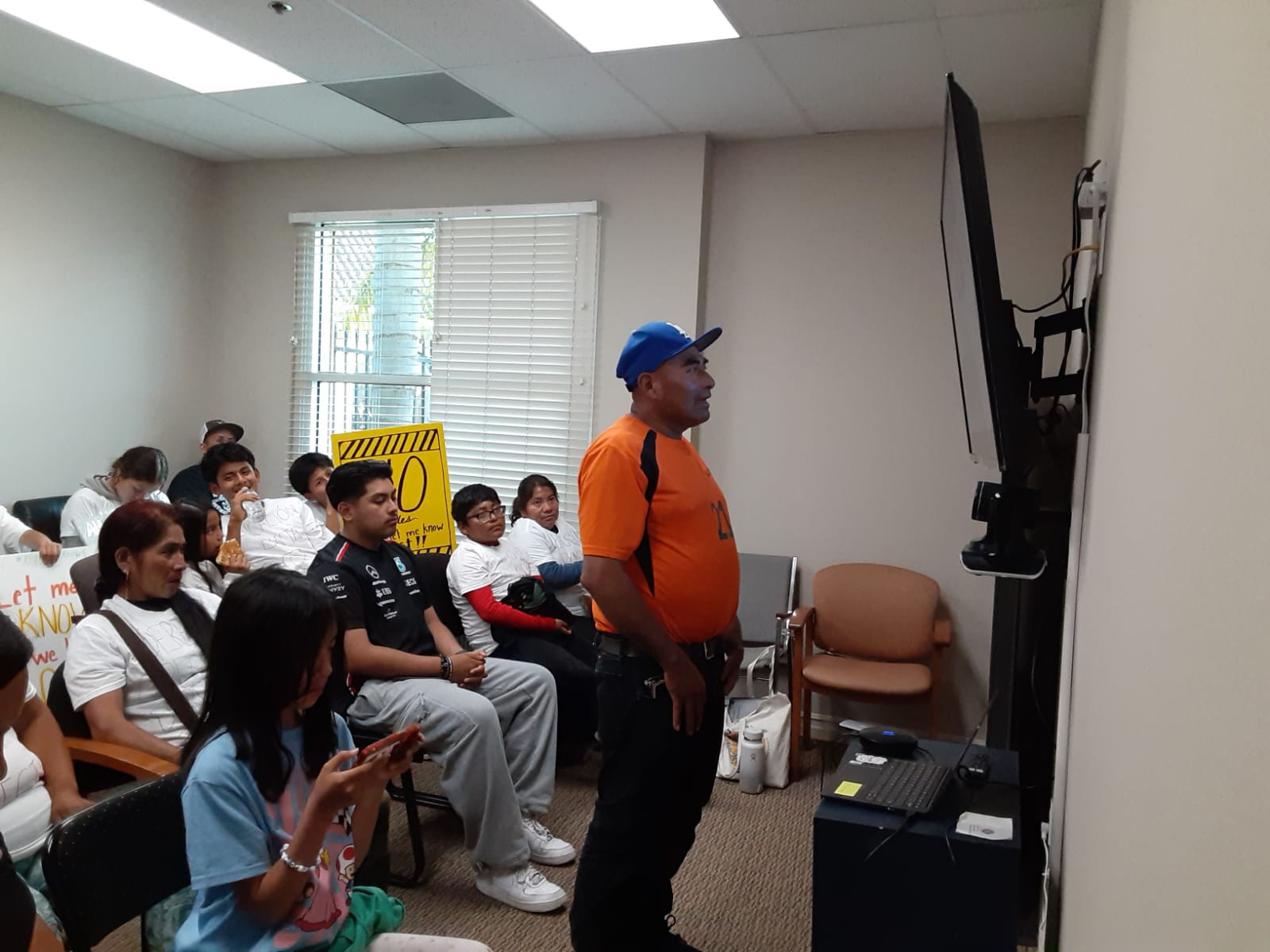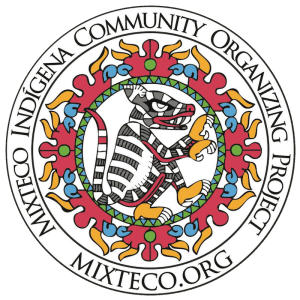How MICOP’s political advocacy team fights for the safety and health of California’s agricultural community.

By: Miguel Hernandez
(Listen to our audio in Spanish and Mixteco, variant from Guadalupe Nundaca, 6 min)
On July 15, the policy advocacy team of Proyecto Mixteco Indígena, MICOP, joined forces with Organizado Comunidad, Camino a la Salud, and CAPS 805 and took the stage at a public hearing with the California Department of Pesticide Regulation to advocate for transparency in pesticide use within the community. The July hearing is one of three hearings the Department of Pesticide Regulation offered to the public to provide comments and testimonies about the dangers of pesticides.
The primary concern of MICOP’s policy advocacy team was fighting for transparency about how and where pesticides are used within the community. This comes in direct response to the Department of Pesticide Regulation (DPR) introducing a new program they call “Spray Days.”
DPR refers to the “Spray Days” program as “a pesticide application notification system that will allow equitable access to information before the application of high-risk pesticides throughout the state.”
One of the concerns for one of the community organizers, Juan Carlos Díaz, is how accessible this possible implementation of a notification system that is supposed to protect the community from the dangers of pesticides will be for members of the Indigenous community. In his presentation, Díaz mentioned how there is a very high number of community members who do not know how to read or write and only speak an indigenous language. Therefore, the way this information is disseminated is very important and must be designed in a way that is accessible to everyone.
Diaz mentioned how he suggested a text-to-speech feature where voice audios are shared with community members with updates on where and how pesticides are used in their communities. He also mentioned that it would be ideal to disseminate that information through platforms that community members already feel comfortable using, such as WhatsApp.
The policy advocacy team’s participation in DPR’s public hearing is just one of many efforts they have been undertaking for several years to ensure a safer community regarding pesticides and their dangers.
The California Department of Pesticide Regulation mentioned that
the information included in the notifications “shall consist of the location of the intended application within one square mile, expected date and time of application, product name, active ingredient, and method of application.”
For Díaz and his team, a square mile away from where pesticides are used is not enough. Díaz mentions that it is essential to know the precise location of where and when pesticides are used to ensure the safety of the community. Díaz also added that there were people at the public hearing who mentioned that due to pesticides, they have experienced irreversible health complications such as cancer and even infertility.
Ultimately, Díaz and his team believe that the most important aspect of the new “Spray Days” programs is to distribute factual and accurate information about pesticide use and location in a way that is linguistically accessible to everyone.
